Stevenson Memorial Cook Book
Book Excerpt
CRABMEAT COCKTAIL
Mrs. C. A. Carscadin
Two tablespoonfuls crabmeat to each person. To one cup tomato catsup add juice of one lemon, two tablespoonfuls grated horseradish thinned with vinegar; a few drops of tabasco sauce and just before serving, a tablespoonful cracked ice.
CRAB FLAKE COCKTAIL
Mrs. J. G. Sherer
To one cup of Japanese crab flakes mince one stalk of celery, one teaspoonful capers and mix well. Fill green pepper cases with the mixture and cover with two tablespoonfuls cocktail sauce.
CLAM COCKTAIL SAUCE
Three tablespoonfuls of tomato, or mushroom catsup; three tablespoonfuls lemon juice; one tablespoonful horseradish; a few drops tabasco; salt and paprika. Stir well and allow about two tablespoonfuls of the sauce for each cocktail.
COCKTAIL SAUCE
Mix well four tablespoonfuls tomato catsup; one of vinegar; two of le
Editor's choice
(view all)Popular books in Cooking, Non-fiction
Readers reviews
According to the foreword by Association President Mrs. Herbert D. Sheldon: "A charge of 15 cents a night was made, and if they were without money work was given them and they were paid for it -- they, in turn, paying for their lodging. It was the principle of the organization that the actual handling of this money helped to preserve self-respect and that they might not feel themselves objects of charity. This principle has held through the years and no woman or child is turned from the door as long as there is a place to rest." At the time the book was published, the shelter, donated as a memorial to Dr. Stevenson by U.S. Rep. William B. McKinley of Champaign, was at 2412 Prairie Avenue.
We aren't told anything about the cookbook's contributors, although a few of them number among the executive committee and trustees of the association. Some recipes clearly came from well-to-do households, but it's not impossible that residents of the home contributed others.
Compiled by Mrs. William D. Hurlbut, the recipes include a few dishes that would fit right into trendy menus of today, such as Miss Agnes Sieber's prune-and-bacon canapes, Mrs. H.D. Sheldon's sun-cooked strawberries and tea sherbet from Mrs. A.H. Wagoner. Dishes less likely to appeal to present-day tastes include Mrs. W.R. McGhee's stuffed and braised calves' hearts and braised larded liver and Mrs. Hurlbut's fried pickled pigs' feet.
Mrs. Frederick T. Hoyt's recipe for frozen lemonade shows that this Chicago summer staple dates back to well before Mario DiPaolo founded his Taylor Street stand in 1953. The still-extant Midlothian Country Club contributed temperate recipes for its grape juice mint julep, black cow and "a delicious fruit cup." Those who decry Chicago's unsmoked style of "barbecue" as inauthentic may be surprised by its pedigree, exhibited in Mrs. Chase's "barbecued roast pork," cooked in the oven and basted with a sauce of vinegar, salt and red and black pepper.
Mrs. Willard Brown's shrimp wiggle, consisting of one can of shrimp and one can of green peas mixed with cream sauce and served over toast, shows that convenience foods have a long history, while Mrs. J.G. Sherer's "good imitation of Maryland fried chicken," made from rabbit, suggests the economics of groceries have changed somewhat in the past 90 years.
Mrs. Sherer is also one of three cooks contributing recipes for chop suey, all of which call for veal and only one of which uses soy sauce. (All of them contain molasses.) Far from a quick stir-fry, Mrs. C.S. Junge's version calls for three hours of cooking. Other ethnic dishes include "a Porto Rican dinner" from Mrs. G.W. Plummer, a vegetarian meal of canned red kidney beans, tomatoes, onions, sweet peppers, nut meats and green olives, and Mrs. Jean Wallace Butler's Indian vegetable curry, featuring cans of baked beans, lima beans, string beans, wax beans and tomatoes mixed with onions and "one heaping teaspoonful" curry powder. There are also three recipes for "Italian spaghetti," such as Mrs. C.A. Jennings', which calls for boiling the pasta for 40 minutes before mixing it with tomato sauce and grated Herkimer or American cheese.
Famous recipes include Mrs. Archy S. Corken's "glorified hoe cakes," which won a $10 Chicago Tribune prize for wartime conservation recipes, and Mrs. Theodore Roosevelt's recipe for spice cake, which may give modern cooks some difficulty because it provides only a list of ingredients, and no directions.
Among other interesting desserts you'll find Mrs. Harry M. Boon's rye bread torte; Miss Katharine Orr's Southern pork cake, including salt pork, raisins, eggs, flour, nut meats, sugar, molasses, cinnamon and cloves; and Helen Collins puffed rice candy, which seems like a precursor to Rice Krispies treats.
A very sweet look back at culinary history.
- Upvote (0)
- Downvote (0)
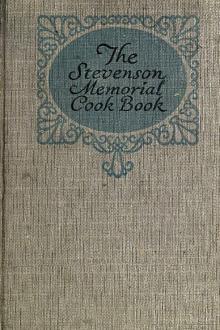
 Free Download
Free Download















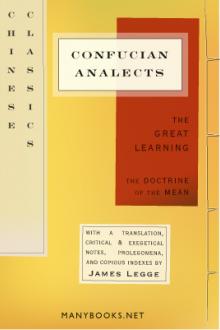

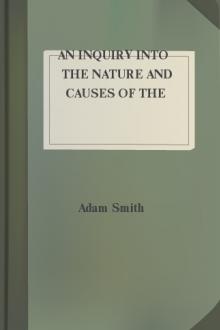

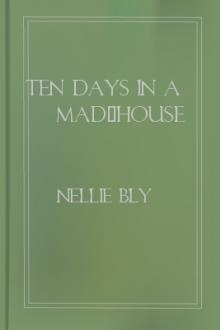
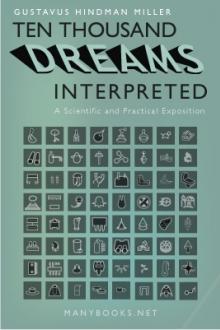
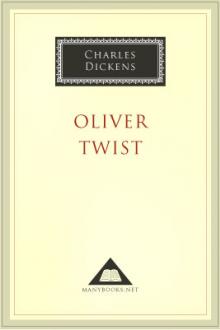
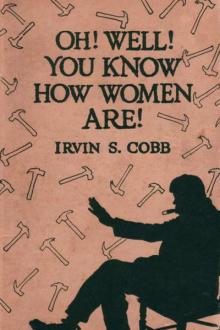
-itok=vcKIB5v1.jpg)